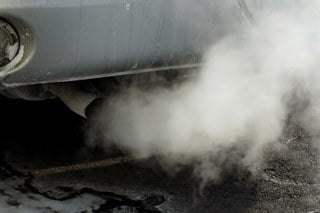Uncertainty around WLTP, the new emissions testing regime, could create unpredictability in the used car market towards the end of this year and into 2019, warns the Vehicle Remarketing Association (VRA).
The organisation, which represents businesses that together process more than 1.5 million used vehicles every year, says that there are two main factors.
The first comes from the company car sector, where many manufacturers are yet to publish NEDC Correlated figures. This means that drivers have no idea what tax they will pay if their vehicle is registered after the August 31, and are holding onto their cars until there is greater certainty.
The second surrounds very limited availability – and subsequently long waiting times - of some models at the moment because manufacturers are altering their production schedules. Once all figures are released it is anticipated that pent up demand will lead to longer manufacturer lead times.
Glenn Sturley, chairman at the VRA, said: “What these factors mean is that the normal sale and purchase of cars is being affected. Fewer company cars are being defleeted at three and four years, as usual, because employers and drivers are choosing to hold onto them until there is greater certainty surrounding the amount of tax they will pay.
“Similarly, even some who want to move out of their current car into a new one that has good MPG and CO2 figures under WLTP are not able to do so because the waiting times for some models are running into several months or even a waiting time of ‘we don’t know.’
“What this means is that we are building up a glut of cars that may be released onto the used market in, potentially, quite a short space of time. As more information on tax becomes available, many drivers and employers may place an order for a new car immediately and others are likely to do so in a short period of time.
“Also, the supply situation may suddenly improve. When manufacturers change their production choices, it is a little bit like turning around an oil tanker. They take a while but once the momentum shifts, supply will suddenly jump upwards, and this again may lead to a glut of used cars hitting the market in a relatively rapid fashion.”
Sturley says that the main problem surrounding these WLTP issues was the large degree of unpredictability.
“We know that manufacturers have to make their WLTP figures available by September but we don’t know how quickly people will defleet in response,” he continued. “We could also make plans if we had a clearer picture about manufacturer production.
“However, there simply isn’t much information to hand and this could mean that, around the likeliest timescales later this year and into 2019, we could see a quite unusual looking new car market, with large amounts of stock becoming available at once.
“The used car sector is currently performing very well with some people calling this the ‘Year of the Used Car’ but if oversupply will always hit values and there is every chance that we could see some weakening among popular company cars especially.”



















Login to comment
Comments
No comments have been made yet.